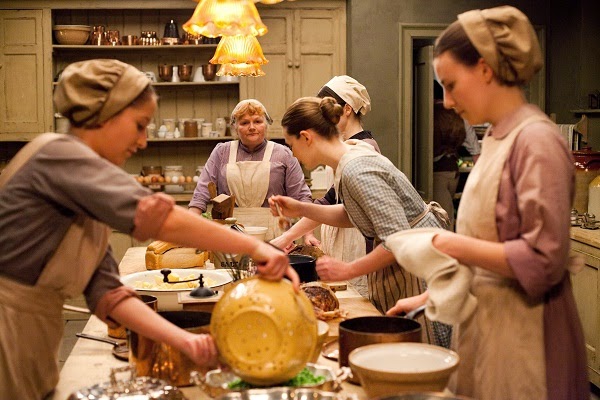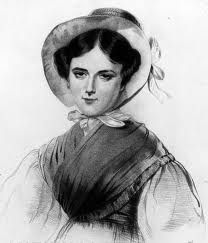Hampton is a mansion built in 1794, at the time the largest private home in the young United States. It is now operated by the National Park Service and you can read about the property on their website here.
The land in the colony of Maryland was granted to a cousin of Lord Baltimore, from whose family it was purchased in 1745 by Colonel Charles Ridgely. He eventually owned more than 11,000 acres of land, on which an ironworks was established in 1760 by his son Charles Jr. During the American Revolutionary War, Captain Charles Ridgely Jr. (1733-1790) supported the patriots, supplying a variety of arms, ammunition, guns, and more to the troops. The agricultural land was worked by tenant farmers, indentured servants and slaves.
Still a little snow in February when I visited
Farm buildings and quarters for slaves and indentured servants
demolished
Captain Ridgely also owned a merchant fleet and he developed grand plans to build a mansion, sometimes said to have been modeled after Castle Howard in Yorkshire. Captain Ridgely died before the house was finished; most of the land, business interests and the mansion went to his nephew Charles Ridgely Carnan Ridgely (1760-1829), who finished the house and made it into the largest and most magnificent residence in the USA. He presided over a property that included ironworks, extensive grain fields, cattle, racehorses, marble quarries, millworks, and mercantile interests. He became Governor of the State of Maryland in 1815.
Over the drawing room fireplace is a portrait of Charles Ridgely Carnan
Much of the magnificence of the interior is also attributed to Eliza Ridgely (1803-67), third mistress of Hampton. She was the daughter of wealthy Baltimore wine merchant Nicolas Ridgely, said to be no relation of the various Charleses of Hampton. Eliza married Charles Carnan Ridgely II (1790-1867); she was a heiress herself and traveled extensively, collecting wherever she went. She was the mother of five children.
Thomas Sully, Lady With a Harp (Eliza Ridgely), 1818
National Gallery of Art, Washington, D. C.
Sully (1783-1872) painted Eliza at age fifteen. She was an accomplished harpist. The painting hung at Hampton until 1945. After it came to the National Gallery, donors and officials became more interested in the fate of Hampton, which was sold to philanthropist Ailsa Mellon Bruce. She gave the property to the National Park Service in 1948. A copy of the painting hangs at Hampton.
The Hall of Hampton mansion
Another view of the Hall
The ground floor reception rooms and dining rooms are decorated in styles popular when the house was in its heyday from the early 1800’s well into the Victorian period.
Vi
ctorian Parlor
Tea Table
Dining Room
Ready for bedtime
Child’s bedchamber
Bedchamber
Eliza, as well as many other owners, spent a great deal of time developing the pleasure grounds, a bowling green, the park and gardens. orchards, and kitchen gardens.
Orangerie, replacing one destroyed by fire
Hampton Mansion
This panel explains the original layout of the estate, now much reduced in size.
The Park Service presents many educational programs throughout the year focusing on the mansion’s history, the lives of the servants and slaves, the food and cooking demonstrations, and gardening.






